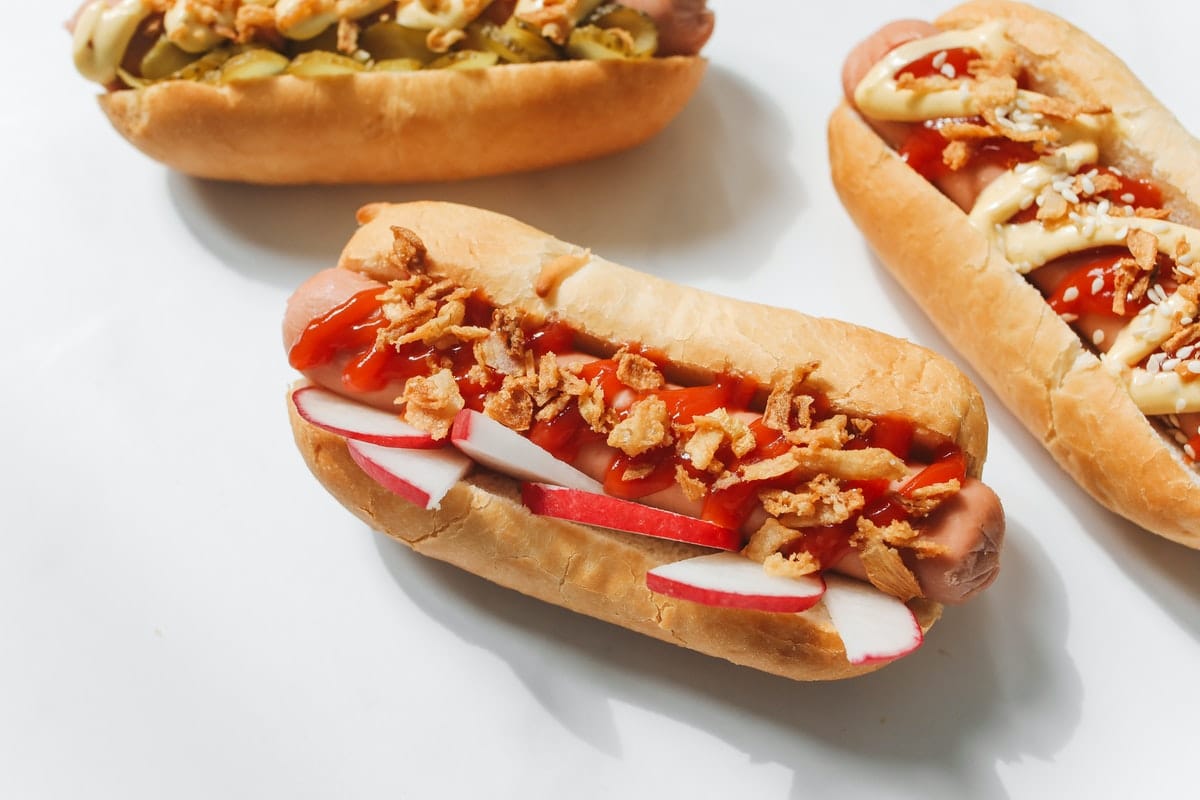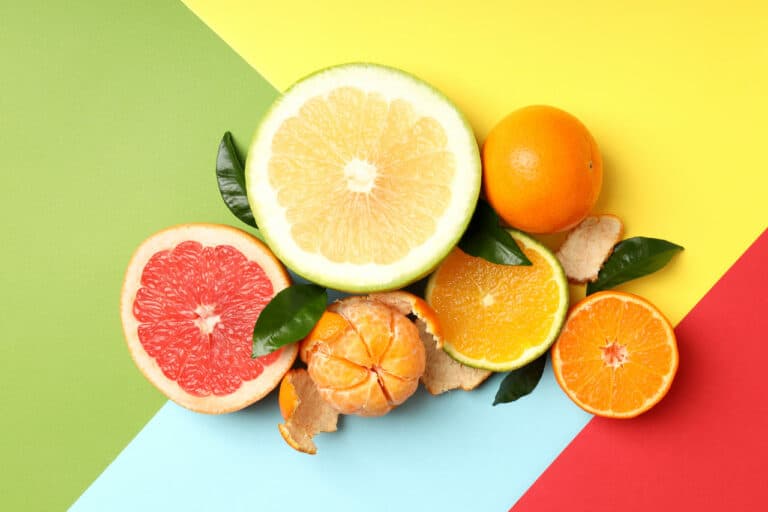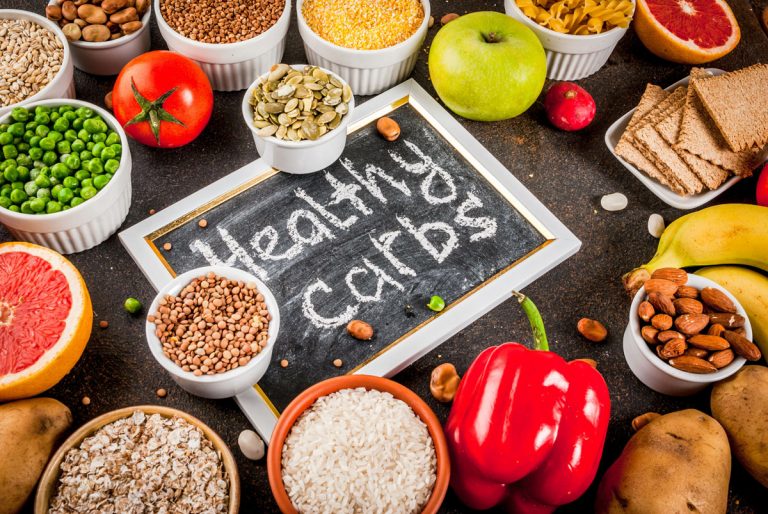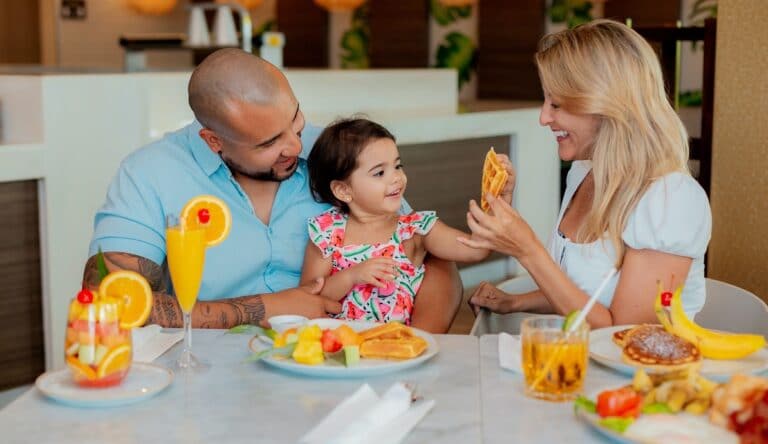Parents often wonder when their baby can start eating puffs. It is important to note that there are lots of different types of puffs, and some may not be appropriate for your baby’s age group. Many doctors recommend waiting until 7 months old before introducing any type of puff to your child.
Puffs are a great way to provide some extra vitamins and minerals for your baby, but they must eat the right ones. Make sure to choose puffs that are low in sugar and salt, and avoid any with artificial flavors or colors. According to health of baby doctors recommend avoiding puffs until after the baby’s first birthday, although it is up to the parent’s discretion. But when can babies eat puffs? This is one question parents might have about these popular snacks. In this post, we’ll tell you more about when babies can start eating puffs.
In This Article
What age can babies eat puffs?
Most babies can start eating puffs at around six months old. However, you should always consult with your pediatrician to make sure that your baby is developmentally ready for this type of food. Puffs are a good way to introduce your baby to new flavors and textures, and they can also help to develop their fine motor skills.
When selecting puffs for your baby, be sure to choose a brand that is free of artificial flavors and preservatives. Also, opt for a variety that contains real fruit or vegetable purees instead of processed ingredients. This will help to ensure that your baby is getting the best possible nutrition.
However, if a baby eat cheerios or other cereal like that at 6 months of age old then it is safe for them to eat puffs. As well as baby puffs cereal comes in many different varieties such as puffs made with vegetables, fruit, and even yogurt. The puffs baby food fill can also vary with grains, meats, and cheeses. You should also avoid giving your baby puffs that are high in sugar or salt. And remember, always consult with your pediatrician before introducing any new type of finger foods to your baby.
What Signs that baby are ready to eat puffs?
There are many signs that the baby is ready to eat puffs or solid foods. Baby will be able to do some of the following things on their own. These are given as a guide line for you at what age you should expect your child to be able to do some or all of the following:
1. Try to sit independently:
Eating food involves sitting on a high chair or something like that. A child that can sit independently will be able to eat food pretty well by themselves too. The baby food puffs will help the baby to develop muscle coordination. As well as the ability to chew and swallow food. The Baby’s diet should always be supervised by an adult though. Even if the baby is sitting independently. So that they do not choke on food or suffocate themselves with items around them.
2. Baby have some experience with chewing:
They will be able to move the food to the back of their mouth and push it towards the throat. When you feel that they may be ready for this, introduce some things from your diet such as bread, toast, etc. If your baby-led weaning is going well, they will manage to do this quite easily. For happy baby superfood puffs are a great way to start. It also allows them to have better access to their finger food.
3. He or she have an interest in solid food:
The baby will be able to sit up, crawl or walk without support. You can place a small amount of food on the table, high chair tray, or floor near the baby and watch if they are interested in picking it up with their fingers. The very first finger food for your baby should be something that is not messy and preferably soft. You can present a small amount to your baby and observe if the baby is able to pick it up and feed himself/herself. If you think your child will not be able to feed himself, then do not offer this food item.
4. Hold their head up:
When your baby can hold their head up without wobbling, they may be ready for solid foods. You can give them a little bit of cereal to try included sweet potato or Gerber puffs. But you should always be there to supervise them while they are eating. A baby cereal should be mixed with breast milk or formula to a thin consistency. Soft foods like avocados, bananas, and yogurt can also be mashed up to a thin consistency and given to the baby.
5. He or she have a strong tongue thrust reflex:
When you place a puff or other food in their mouth, their tongue should automatically push it out. For the feed babies, this reflex slowly starts to disappear when they are 6 months age-old. Therefore, do not worry if your baby does not automatically reject the food in their mouth. For a healthy baby’s diet, continue to breastfeed or give them formula milk until they are at least 6 months old. And give them organic stuffs like fruits and vegetables when they are 8 to 10 months old.
Can puffs be a choking hazards?
Puffs are made of corn starch, which is not able to form a cohesive mass like wheat dough. This means puffs can’t be molded into shapes, which is typically the cause of choking tubes. And one of the most common choking hazards for children under three is small objects such as pieces of hard candy, marshmallows, raisins, popcorn kernels, and cereal.
The risk of children choking on these things can be reduced if they’re cut into smaller pieces before giving them to a child and given with caution. Food products that pose a greater risk include raw carrots; raw celery; or whole grapes (if not thoroughly diced and then served), and any other fresh fruit that is large enough for a child to mouth-grip.
Parents should also be aware that many common household items can also cause choking. These items include but are not limited to coins, small toy parts, and small balls. Parents need to keep these items out of the reach of children. In addition, parents need to know CPR in case of an emergency.
The Conclusion
We all know that babies need a lot of food, and it’s sometimes hard to come up with healthy snacks. But did you know the age when can babies eat puffs? The American Academy of Pediatricians recommends that babies can eat puffs after they turn 6-7 months old. This is when their immune system has developed enough to handle the cereal, and it’s a good time for them to start learning how much food they need at each meal. This means he or she may enjoy some delicious oatmeal cereal for breakfast, lunch, or dinner. If you have any other questions about feeding your little one, don’t hesitate to ask us below the comment section, respectively.











